How To Choose The Right Blinds
If you’re an interior designer, you’ll be well aware of the possible pitfalls regarding choosing blinds. Quality is a very big issue. Types of materials, patterns, colors, textures and basic aesthetics are the fundamental issues, and a lot of blinds simply don’t measure up to standard. If you’re looking at roller blinds, or other obvious large visual areas, you want to see good working options.
The checklist for interior designers
The heart of interior design is good visual and aesthetic value. That makes selecting blinds a particularly demanding task in some cases. Homeowners usually find to their cost that low grade blinds not only can’t do the job, they’re also appalling in terms of choice of design and are simply tolerated, not liked as part of the décor. The result, inevitably, is a poor quality arrangement which inevitably needs to be replaced within a few years of installation.
The fundamentals of choosing blinds are:
- Quality: The blinds must be able to perform effectively, be designed using top quality materials, and be clearly designed to provide effective light management. These blinds are more expensive at point of sale, but in practice they outlast the inferior brands by decades.
- Operational external blinds: Big mobile blinds like retractable awnings and sunroofs usually come with remote controls or easy to operate mechanical devices and other basics. They’re easy to manage, and can be adjusted to deal with the local lighting situations.
- Design values: Good internal blinds have an excellent range of colors, textures and materials. For the interior designer, the relationship between the blinds, which occupy a lot of visual space, and the rest of the décor is a primary consideration.
- Environmentally friendly: This is now a major interior design issue, and using sustainably produced fabrics is often a standard demand from a lot of clients. The big advantage of these fabrics in terms of design is that they’re also usually much better products, extremely durable and often a good benchmark for comparing relative merits of different blinds.
- Local aesthetics: Light management is rapidly becoming as much of a science in interior design as it is in fine arts. Choice of the right blinds for the right place may take a bit of patience and research. If you’re looking at a versatile type of blind like Roman blinds, you’ll always need to compare the relative values of the different blinds onsite, to see their exact lighting characteristics.
The professional design business touch
The best option for interior designers is to check out the market in advance. There are so many blinds on the market that it’s best to lock in a top quality supplier. This prevents having to hunt down blinds on a per job basis, and also establishes good working relationships with the best suppliers. That alone can provide you with a lot of good business options for your work and your clients. It’s also an excellent way of making sure you can always get the best blinds, whenever you need them.



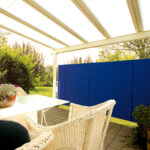
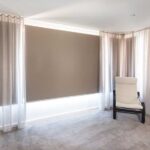


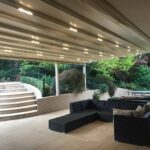



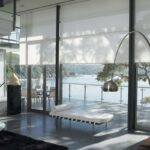

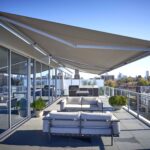
No Comments